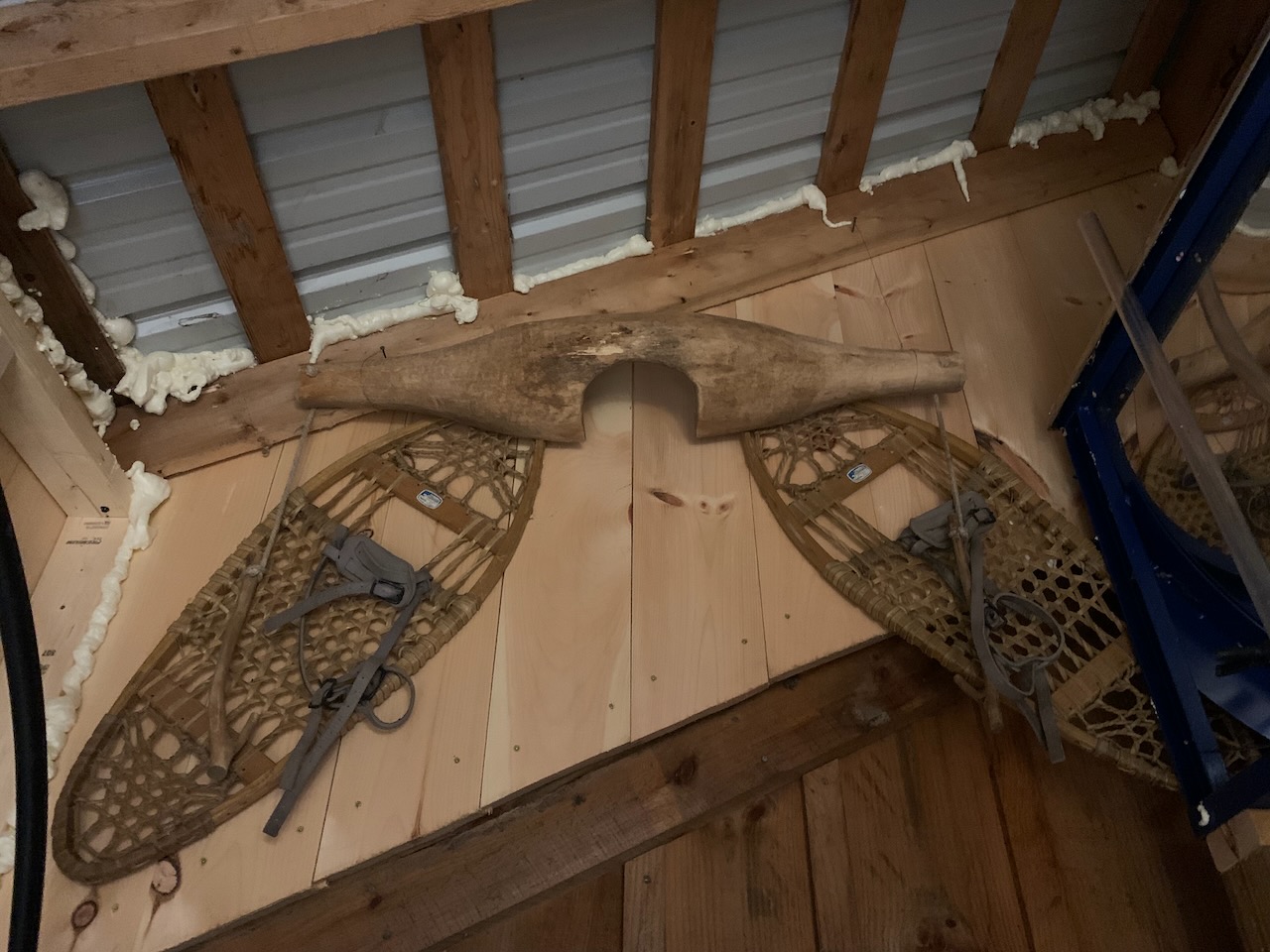Grandpa Howard
My grandfather Howard Lawrence started making maple syrup in Lake Placid, New York when he was a teen in the 1920s. In the 1930s, he worked as a stuntman and sled dog driver in silent films. He worked at the 1932 Winter Olympic Games, held in Lake Placid. He was a builder, but every spring, when it was too snowy and muddy for construction, he went into his woods and made maple syrup.

His sugar shack was little more than a corrugated metal roof held up by four posts. There was no electricity. The sap was boiled down in a large flat pan sitting over a wood fire until it became a dark, rich treat. This was old-school sugaring.
In the 1970s, he was one of the first sugarmakers in Northern New York to switch from buckets to tubing to transport sap. He was getting old, and hauling buckets in deep snow was hard work. For ambiance and to amuse himself, he did not connect a stand of maple trees near the sugarhouse to the tubing network. They were left to collect sap in buckets.
The cousins all have memories of him putting a hand-carved yoke on their shoulders and hanging a heavy wooden bucket on each side. He would send us out in knee-deep snow to collect sap. In his gruff voice, he would warn, "Don't you spill a drop!" His voice was stern, but his eyes were laughing. That yoke hangs on the walls of my sugarhouse as a reminder of his hard work, craftsmanship, and good humor.

It takes 42 liters of sap to make 1 liter of maple syrup. In the years before reverse osmosis, that took a lot of boiling. The rough math was one cord (3.6 cubic meters) of wood per 100 taps per season. He could burn two to three cords of wood per season. It was not uncommon to sit in companionable silence through the night, listening to the fire crackle and hiss. When the sap ran, he had to boil. That has not changed.
